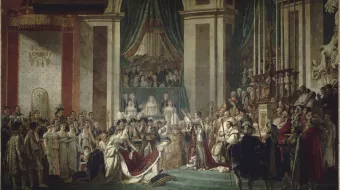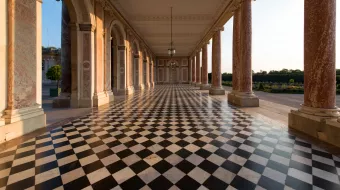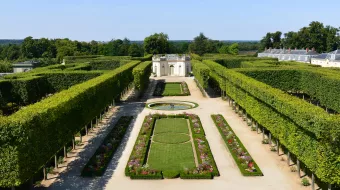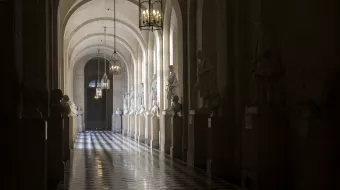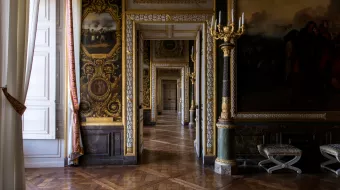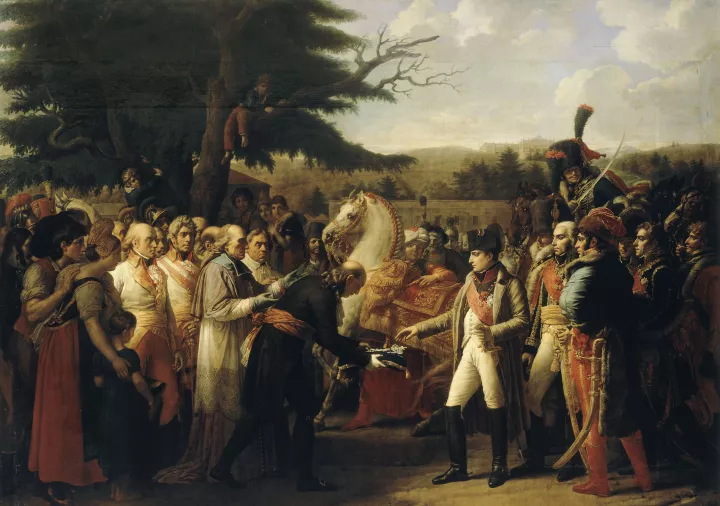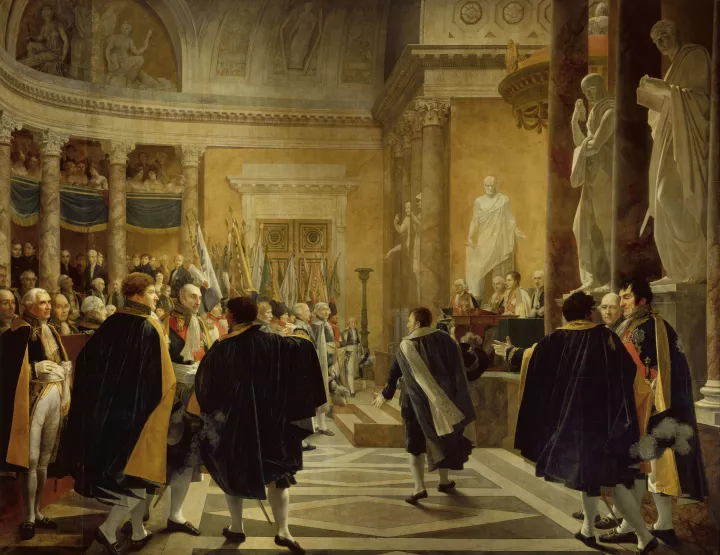“A revolution gave birth to him, a people chose him, a pope crowned him.”
- Victor Hugo, speech to the Académie Française on 3 June 1841
napoléon and his entourage
Who is Napoléon ?
Who is part of his entourage ?
napoléon at Versailles
From 1804, the Palace of Versailles was a seat of power once more, this time under the management of Emperor Napoleon I’s household. Unlike the other kings and queens who had lived at Versailles, Napoleon Bonaparte did not have any great construction or other work done. Instead, he decided to restore those areas that had been more or less forgotten since the French Revolution.
Works of the epic
The Empire and Marengo rooms
The Empire and Marengo rooms are located on the ground floor of the South Wing of the Palace of Versailles, below the Gallery of Battles. Most of the major paintings commissioned by Napoleon were brought together by King Louis-Philippe and can be found in these rooms.
The North Attic
Discover the major events of the 19th century through the collection of paintings held in the rooms of the North Attic, which are home to part of the collections of the Historic Galleries created by Louis-Philippe in 1837. In this educational video, the painting Transbordement des cendres de Napoléon Ier à bord de la Belle Poule, 15 octobre 1840 (Transfer of the remains of Napoleon I on to the ship the Belle Poule, 15 October 1840), painted by Eugène Isabey in 1842, is revealed and this particular episode in the story of Napoleon is deciphered.
Discover the Images d'un Siècle series (Pictures of a Century) on the website of the magazine Les Carnets de Versailles.
The Attics of the South Wing
Fitted out by Louis-Philippe, the Attics of the South Wing comprise the Chimay Attic and the South Attic. The first attic displays part of the collections depicting the Revolution, the Directory and the Consulate. Meanwhile, the Chimay Attic houses works depicting Napoleon as emperor – his major military campaigns, his entourage and life under the Empire.
Discover the works of art exhibited in the Attics of the South Wing
The coronation painting
Napoléon I commissioned the painting of his coronation in 1804 to hang in the Guards’ Room at the Tuileries. In January 1808, Jacques-Louis David finished the original painting, which hangs in the Louvre today. David was also tasked with producing two replicas, the first of which was probably destined for a travelling exhibition in the United States and the second, for the Gobelins Manufactory, so it could be reproduced as a tapestry. The first reproduction was not finished by the time David went into exile in Brussels, where he demanded that a room at the Hôtel de Ville (town hall) be provided for him, so that he could continue his work on the replica. He worked there for 10 months, finally finishing the canvas in 1822. The painting then went on a series of journeys, visiting London, New York, Philadelphia and Boston, before arriving in Paris in 1833. It finally made it to Versailles in 1947, where it was unveiled in the Coronation Chamber on 14 June 1948.
The details that make this painting so unique, in terms of its size and the event it depicts, have been brought to life and commented on thanks to very-high-definition digitalisation.









